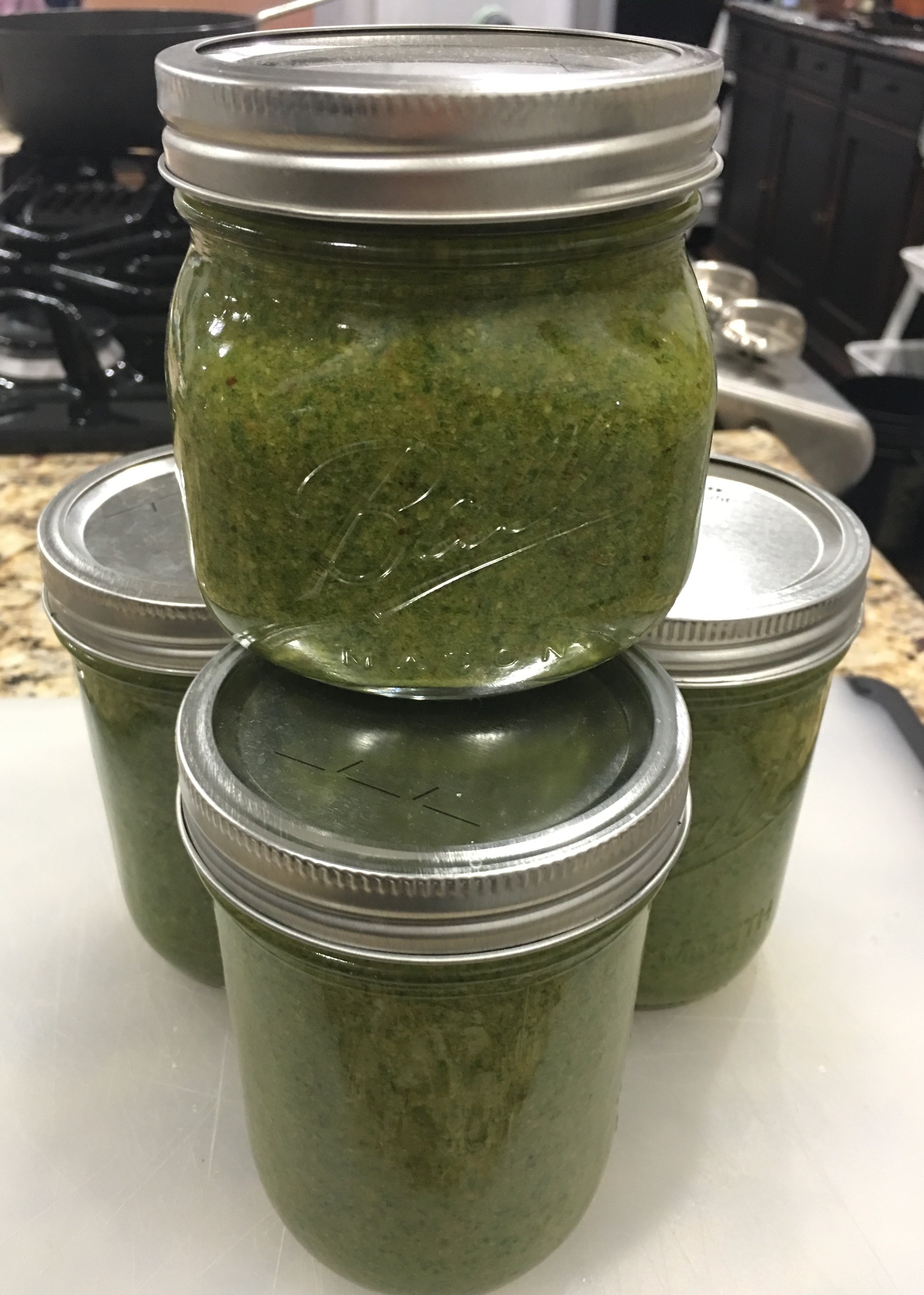For some reason, I can never eat the strawberries I buy before they start looking tired and worn. My intentions are good, but my follow through isn’t. In Houston, which has an amazingly long growing season, we are seeing the first ripe strawberries grown in greenhouses. They have great flavor, but are not as sweet as the summer crop. I bought a carton at the farmers market last week and they were lost in the back of the fridge. So this morning, I brought them out of the cold and tried a little TLC. That would stand for Truly Lovely Compote. This is an easy way to use up the not so perfect fruit—as a topping for pancakes. Compotes are sauces made from cut up fruit and a sugar. If you strain it, it becomes a coulis. You can use it on pancakes, ice cream, any plain cake, or on toast.
Freshly picked fruit is an amazingly rich source of Vitamin C, which starts to degrade quickly and is lost in cold storage and flash freezing. Strawberries are an excellent source of Vitamin C, folic acid, manganese and potassium.
The compote can be made in the time you get the pancakes cooked. What could be better really than a warm fresh strawberry sauce on stack of hot pancakes. It’s a perfect way to start the day. It also works well when you want breakfast for dinner. Everybody wins. Especially the poor, forlorn strawberries.
RECIPE: Simple Strawberry Compote
INGREDIENTS
1 pound fresh hulled strawberries, cut into pieces
3-4 teaspoons of cane sugar
PROCESS
Place strawberries in pan with sugar.
Cook on medium-low heat, stirring occasionally, until the fruit breaks down into a sauce.
Adjust the sweetness with additional sugar as desired.
Makes about 2 cups.



